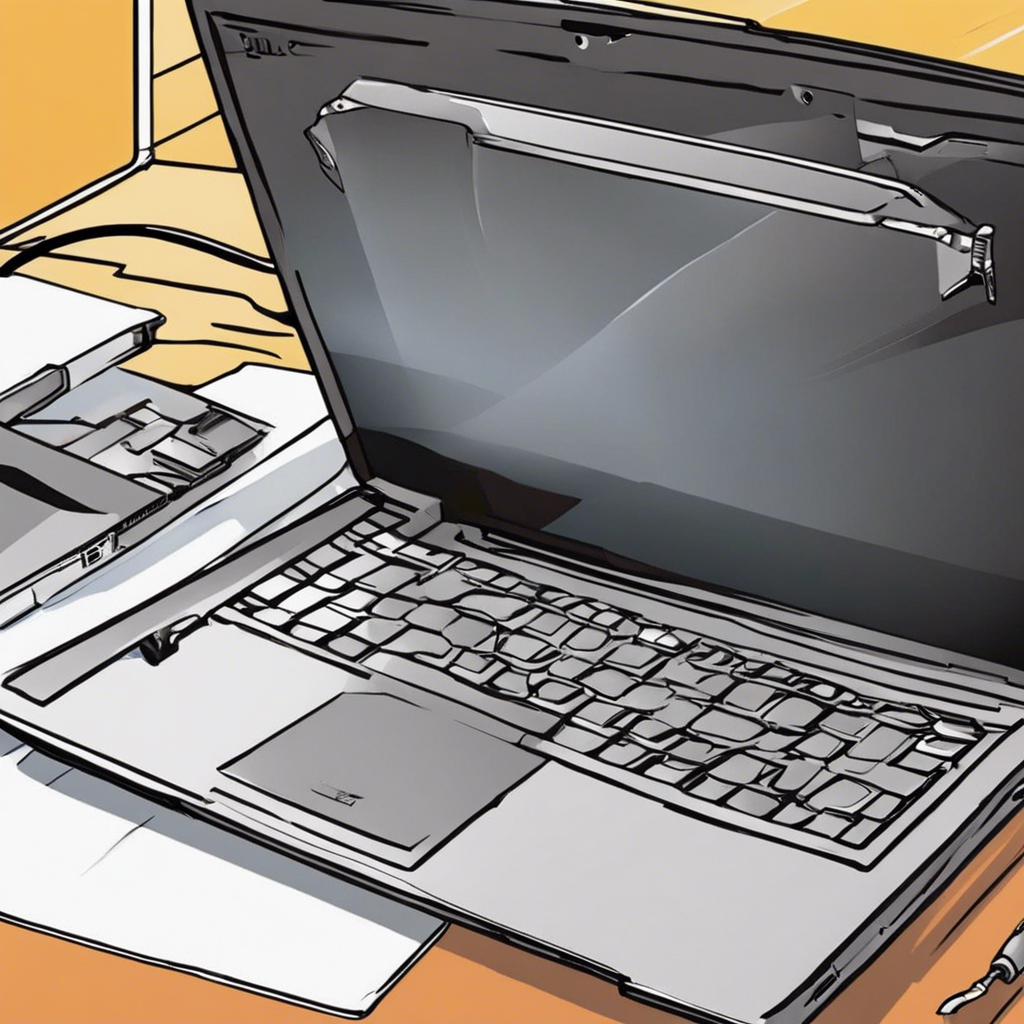Are you tired of waiting for your laptop to load programs or websites? A slow laptop can be frustrating, but before you consider buying a new one, try these simple and free ways to speed it up. By optimizing your laptop’s performance, you can make it feel like new again without spending a penny. Here’s how to breathe new life into your trusty machine.
1. Remove Unnecessary Startup Programs
Over time, you might have accumulated various programs that automatically start when you turn on your laptop. These programs slow down the boot process and consume resources in the background. To manage startup programs on Windows, open Task Manager (Ctrl + Shift + Esc), go to the Startup tab, and disable programs you don’t need. For macOS, go to System Preferences, select Users & Groups, click your user account, and then choose Login Items to remove unnecessary startup items.
2. Uninstall Unused Software
Bloatware and unused applications take up valuable storage space and can slow down your laptop. Go through your installed programs and uninstall or delete those you no longer use. This will not only free up space but also reduce background processes that could be affecting performance.
3. Clean Up Your Hard Drive
Regularly cleaning up your hard drive can significantly boost your laptop’s performance. Delete temporary files, old downloads, and duplicate documents. Consider using disk cleanup tools like CCleaner (Windows) or Disk Inventory X (macOS) to identify and remove junk files easily.
4. Disable Visual Effects:
Fancy visual effects can consume system resources and slow down older laptops. To speed things up, try reducing or disabling these effects. On Windows, go to System Settings, select System, and click on the ‘Advanced system settings’ link. Under the Performance tab, click ‘Settings,’ and then choose ‘Adjust for best performance’ to minimize visual effects. On macOS, open System Preferences, go to Dock & Menu Bar, and adjust or turn off animations.
5. Update Your Operating System and Software
Keeping your operating system and software up-to-date is crucial for optimal performance and security. Updates often include improvements that can make your laptop run faster and more efficiently.



